As a result, the Centro Pecci — which opened in 1988 and is second only to Castello di Rivoli — does not succeed in capturing an international dimension by setting up exhibitions that can enable a large audience of contemporary art to "invade" the Tuscan town. A serious consideration of this should also be done in the light of the delay in submitting the design of the museum's extension, by Dutch designer Maurice Nio, already a rusted archaeological find in itself that surely does not represent a good sign. Despite these administrative difficulties, its position stands out as the only Italian museum to address radical architecture, following in the footsteps of the Pompidou Centre, directed by Frederic Migayrou and the FRAC, led by Mari Ange Brayer.
Finally, after exhibitions dedicated to Superstudio — at the Centro Pecci's Milan location, featuring the reconstruction of the installation made for the 1972 Italy: the new domestic landscape exhibition at the MoMA — and the recent Superstudio Backstage with photographs by Cristiano Toraldo alongside other works from the collection, the Centro Pecci has turned its attention to the most ironic and explosive ensemble. The UFO group, founded in Florence in 1967 by Carlo Bachi, Sandro Gioli, Lapo Binazzi, Riccardo Foresi, Titti Maschietto and Patrizia Cammeo, adopted a desecrating and ironic approach to bourgeois habits from the start, unlike other groups who actually were bourgeois.
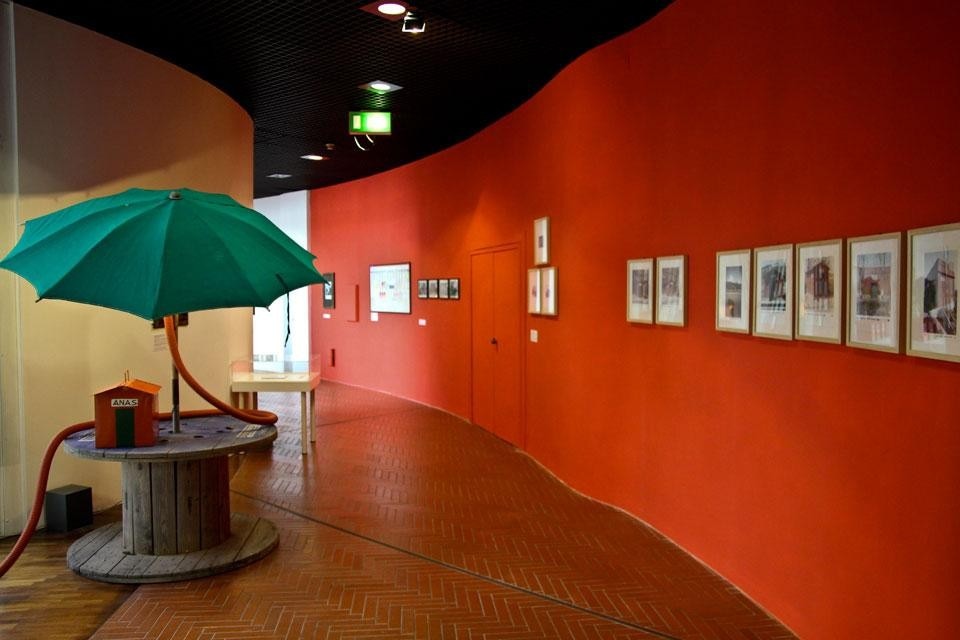
"The occupation of San Clemente (January 1968) began the series of the Urboeffimeri," — writes historian Bruno Orlandoni, "interventions on the reality of urban behaviour in which the objects produced (inflatable) are used from time to time as instruments of struggle… as stimuli for behaviour" [1].
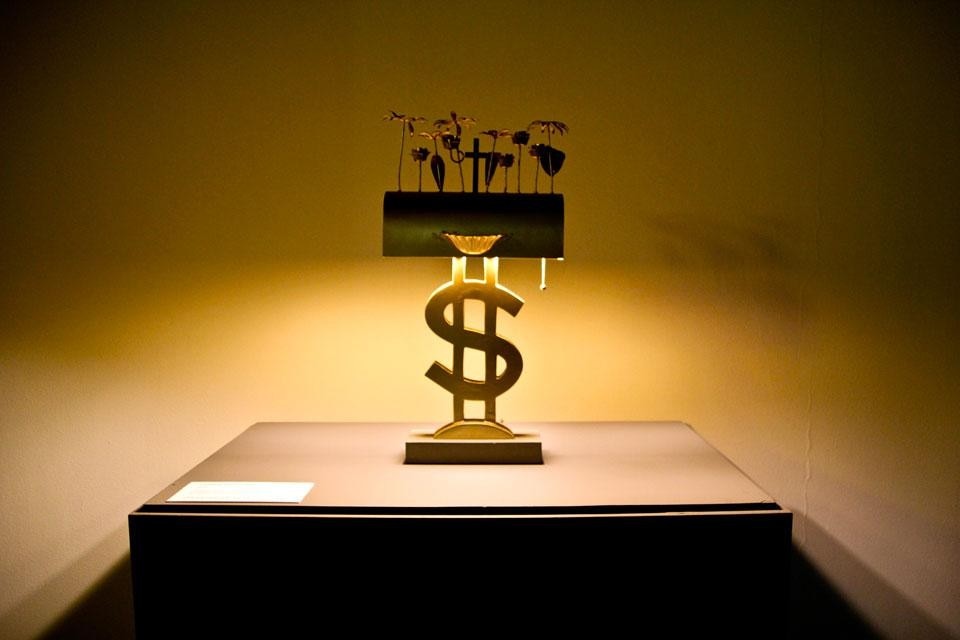
The inflatable elements represent an alternative way to contrast against the heavy power of academia with an architecture made of air. In Italy, UFO remained the only group to make use of them, on the same level as Utopias in Paris, Haus Rucker-Co in Vienna, Graham Stevens in London and Ant Farm in California. UFO however, like all radical groups, at the same time came up with design objects like the Dollaro and Paramount lamps, retracing pop iconography with the intention of creating a parody of it. It is parody, along with irony, that is the key to interpreting the work of UFO, evident in their entire production: actions, happenings, design, photographs and interior design. I mention the interiors because they represent a lesser-known side with designs and built projects for the Mago di Oz and You Tarzan Me Jane boutiques with their comic-strip theme, like the Bamba Issa nightclub in Versilia from the late 1960s.
The inflatable elements represent an alternative way to contrast against the heavy power of academia with an architecture made of air. In Italy, UFO remained the only group to make use of them, on the same level as Utopias in Paris, Haus Rucker-Co in Vienna, Graham Stevens in London and Ant Farm in California
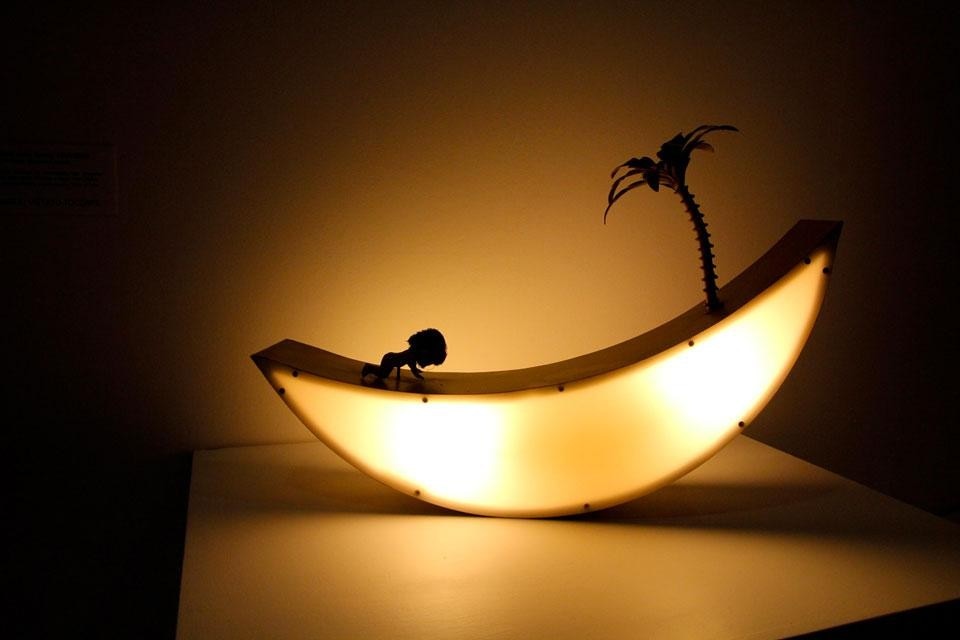
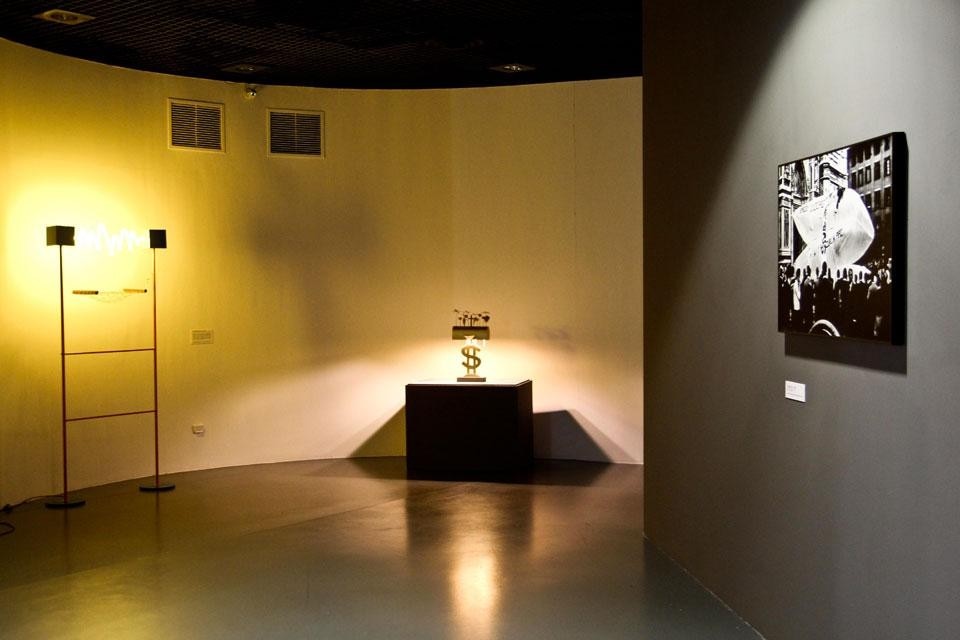
Notes:
[1] Bruno Orlandoni, Paola Navone, Architettura Radicale p.32, Documenti di Casabella, Milan 1974
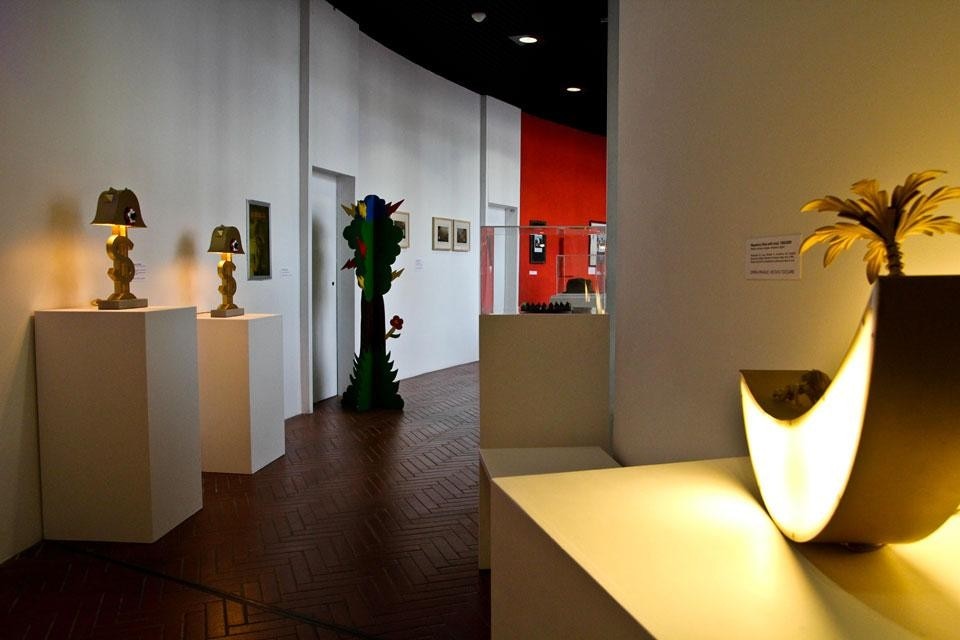
UFO Story, from Radical Architecture to Global Design
Centro Pecci for contemporary art
Prato, Florence


